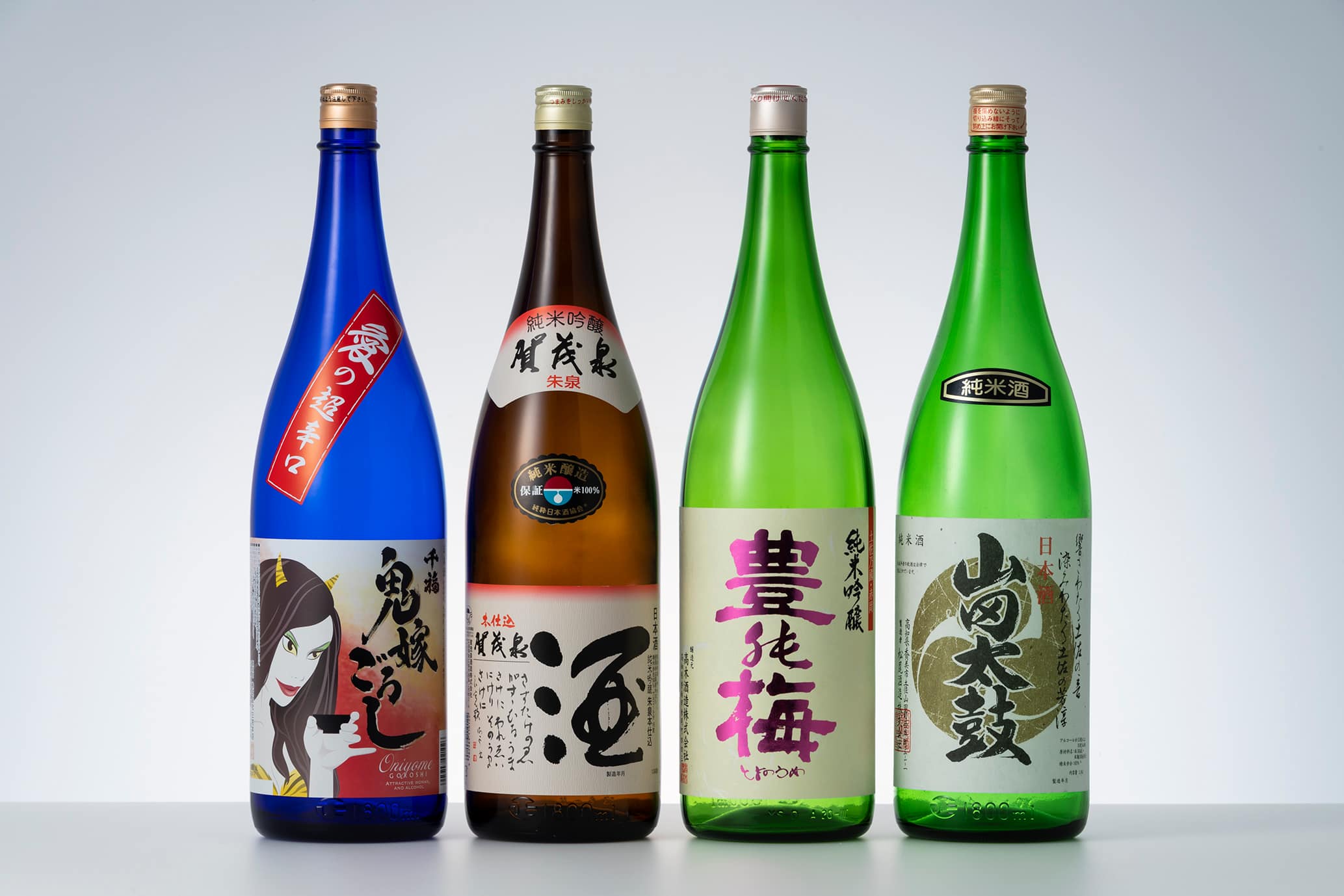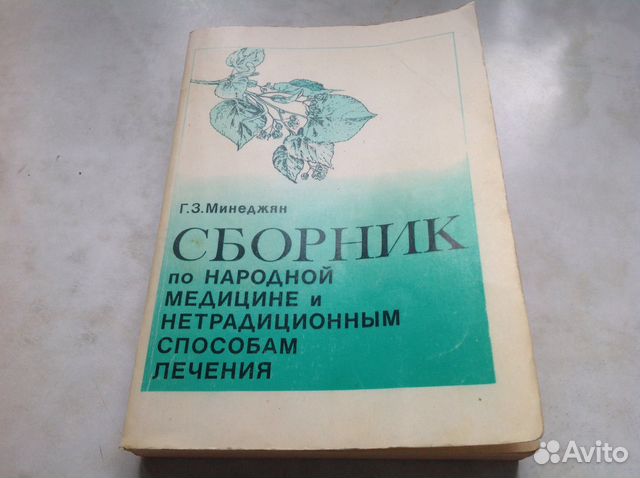Yu Shamo Noti
Korea as a Qing tributary (Nathan; Yu; Gray 102-25). Jiefang sixiang [emancipation of the mind] and an official notice from the. Shamo li de zhandou.
Contents • • • • History [ ] The name 'Shamo' was a corruption of the word 'Siam', which means 'Thailand', during the early. Even though the breed was originally from Thailand, it has been selectively bred for several hundred years and is very different from the original stock.
The breed is used in naked-heeled in Japan, where it is still legal. It is also bred all over the world for its show quality and unique upright posture. [ ] O-Shamo and Chu-Shamo are designations for different weight categories of large fowl, whereas the Nankin-Shamo is a bantam chicken. The Ko Shamo (シャモ), unlike O-Shamo and Chu-Shamo, is merely an ornamental breed not used for cockfighting, although it is bred to be temperamental and show the spirit of a fighter.
While it is not related to the other breeds, it is often assumed to be because of the similarity of their names.

Background Losses in poultry production due to heat stress have considerable negative economic consequences. Previous studies in poultry have elucidated a genetic influence on response to heat. Using a unique chicken genetic resource, we identified genomic regions associated with body temperature (BT), body weight (BW), breast yield, and digestibility measured during heat stress. Identifying genes associated with a favorable response during high ambient temperature can facilitate genetic selection of heat-resilient chickens. Methods Generations F18 and F19 of a broiler (heat-susceptible) × Fayoumi (heat-resistant) advanced intercross line (AIL) were used to fine-map quantitative trait loci (QTL).
Six hundred and thirty-one birds were exposed to daily heat cycles from 22 to 28 days of age, and phenotypes were measured before heat treatment, on the 1st day and after 1 week of heat treatment. BT was measured at these three phases and BW at pre-heat treatment and after 1 week of heat treatment. Breast muscle yield was calculated as the percentage of BW at day 28. Ileal feed digestibility was assayed from digesta collected from the ileum at day 28. Four hundred and sixty-eight AIL were genotyped using the 600 K Affymetrix chicken SNP (single nucleotide polymorphism) array.
Trait heritabilities were estimated using an animal model. A genome-wide association study (GWAS) for these traits and changes in BT and BW was conducted using Bayesian analyses. Candidate genes were identified within 200-kb regions around SNPs with significant association signals. Background The climate is becoming increasingly warmer, according to the Intergovernmental Panel on Climate Change, and the global average temperature will continue to increase by 0.2 °C per decade. Heat stress in poultry impacts animal production and welfare and, in the poultry industry, it causes an estimated economic loss of $125 to 165 million in the US, with the broiler industry alone accounting for $58.1 million [].
In 2007, an extreme heat wave in California resulted in more than 700,000 deaths in poultry [] and in 2009, over 1.5 million layer hens died during a summer heat wave (National Oceanic and Atmospheric Association). Metacreations painter 6 free download. Production losses due to heat stress may result from mortality, reduced body weight, reduced egg production, reduced feed intake, and higher feed to gain ratio.
A recent study on broilers that were exposed to chronic heat stress from 1 to 42 days of age showed a reduced body weight (32.6%), increased feed conversion ratio (25.6%), and reduced feed intake (16.4%) [], and another study using shorter periods of heat stress on younger birds, from 2 to 4 weeks of age showed a reduced feed intake by 14% [].  In a paired feed study, genetically lean broilers that were exposed to chronic heat stress, from hatch to 9 weeks of age showed increased weight gain and feed efficiency compared to less lean counterparts, which supports the hypothesis that increased fat accretion is inversely related to thermo-regulation []. Previous studies in poultry have elucidated a genetic influence on response to heat.
In a paired feed study, genetically lean broilers that were exposed to chronic heat stress, from hatch to 9 weeks of age showed increased weight gain and feed efficiency compared to less lean counterparts, which supports the hypothesis that increased fat accretion is inversely related to thermo-regulation []. Previous studies in poultry have elucidated a genetic influence on response to heat.